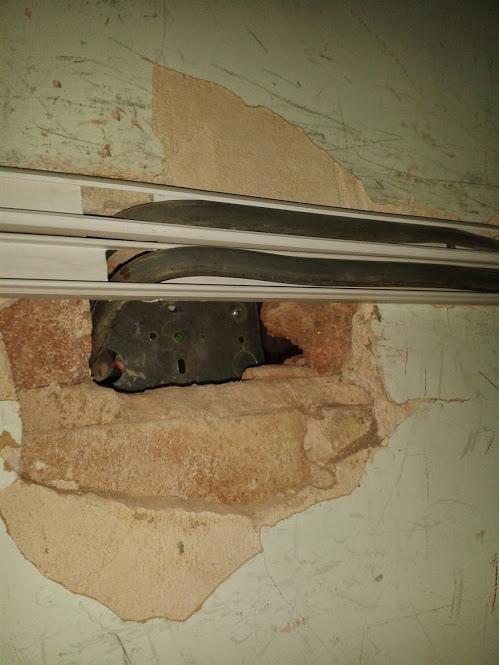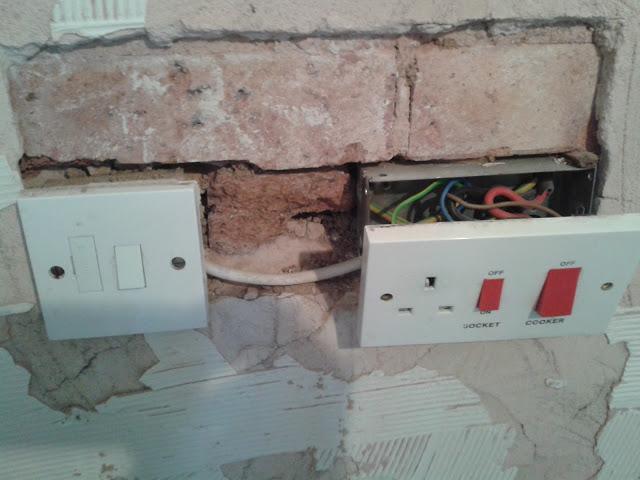Hi
Im replacing my current 45A Coooker Switch for a nicer looking one and at the same time refitting my entire kitchen.
When I have removed the metal back box a load of brick has crumbled away leaving a fair bit of space to be filled in with something to support the metal box.
What can I use to fill the space and what size back box do I need (35mm?) (I want to pick one up from ScrewFix on my way home today)
Im replacing my current 45A Coooker Switch for a nicer looking one and at the same time refitting my entire kitchen.
When I have removed the metal back box a load of brick has crumbled away leaving a fair bit of space to be filled in with something to support the metal box.
What can I use to fill the space and what size back box do I need (35mm?) (I want to pick one up from ScrewFix on my way home today)





